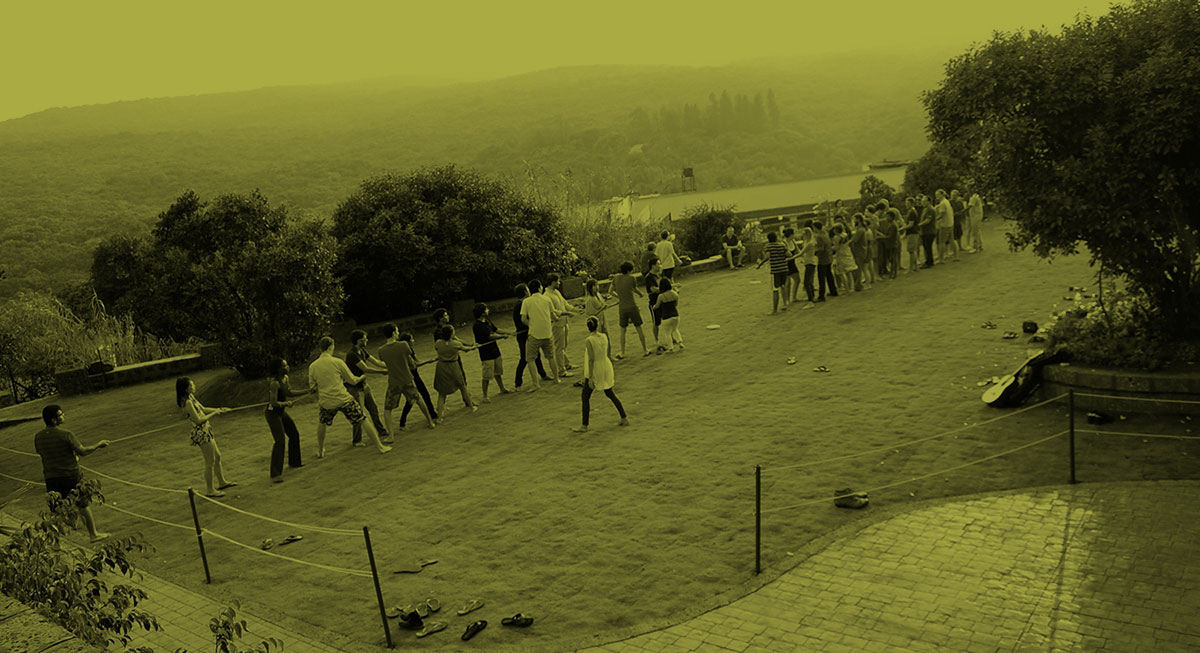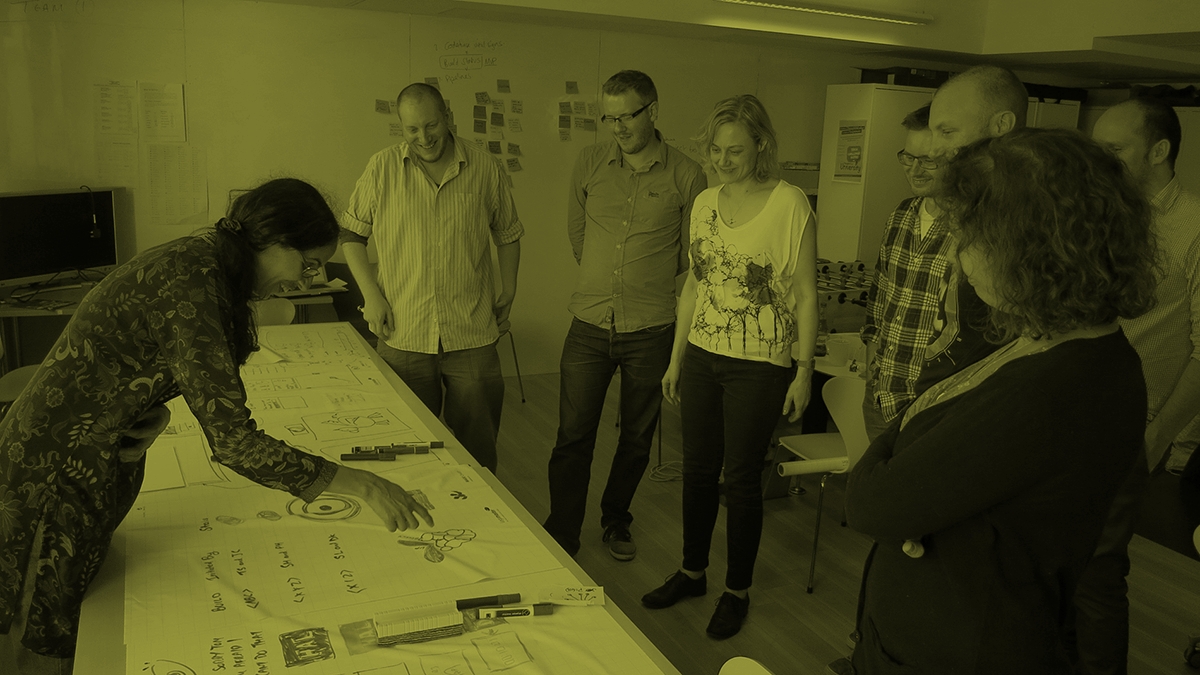
Priorities and Politics
I’m often asked, “How do you set priorities in an agile environment?” The situation behind this question is usually, “We suck at setting priorities.”
Those asking priority questions hope that some process, some newfangled agile process, will “fix” their muddled prioritization process. But the barrier to effective priority setting isn’t process, it’s—politics and lack of trust. As organizations are propelled into the digital age, portfolio management becomes a critical capability to making investment decisions. Effective priority setting determines whether your portfolio management capability works well, or becomes a barrier to success.
After thinking about the prioritization issue for a while, I’ve evolved the following:
- Effective priority setting blends politics, trust, and process.
- All priority setting is political.
- Authoritarian politics leads to dysfunctional priority setting.
- Collaborative politics leads to functional priority setting.
Priority setting blends trust, politics, and process—but the percent of each makes a big difference. Both politics and process contribute their share to healthy priority setting. Unhealthy priority setting comes from an overemphasis on politics.

Failure to set reasonable priorities results in portfolio plans that border on dishonesty. I’ve encountered organizations dedicated to what I call “wish-based” planning. Managers who viewed these plans as unworkable, were viewed as poor team players. Meanwhile, those who signed on to the plan, knowing all the time it was unachievable, were perceived as good team players. Even in the face of reality at the end, when the so called naysayers were proved right, the managers who signed onto the bogus plans were still considered the better performers. Behaviours like these set the scene for a continuing dysfunctional process in which dishonest plans go down and then dishonest reporting goes up.
Trying to develop a “process” that solves the priority problem usually indicates that trust is low and politics dominate because few want to discuss the real problem. Authoritarian politicians use sham processes to validate their political decisions. Witness a common phrase uttered by these managers “go back and do it over, this isn’t the answer I wanted.”
In a healthy priority setting organization trust runs high and individuals focus on organizational goals rather than personal ones. There are adequate processes, but there is a healthy balance between the three factors. Occasionally an executive needs to make a seemingly arbitrary, decision—and people understand. But these types of decisions are infrequent. Generally, the deliberations on priority, at every level involve collaborative decision making.
What about the assertion that “all priority setting is political.” All priority setting may be political, but the type of politics makes a big difference. The key to determining whether that priority setting is functional or dysfunctional is:
- The organizational balance between politics, trust, and process.
- Whether, on balance, politics is authoritarian or collaborative.
These statements remain true for traditional as well as agile approaches. Most quantitative prioritization schemes use a number of value dials—ROI, risk, cost savings, revenue increase, headcount change, and the list goes on. Using value dials requires a weighting factor for each. Even if the quantitative numbers are objective (which we all know isn’t the case) assigning weighting factors is subjective. Agile practices emphasize value, from thinking about the highest-valued stories for the next iteration to determining the highest-valued projects or products to start next. So,
- Quantitative numbers, such as ROI, are always based on a set of assumptions which are subjective and therefore subject to politics.
- Quantitative evaluation criteria require weighting factors, whose determination is subjective, and therefore subject to politics.
- Agile projects, products, features, stories, etc. are ultimately prioritized by value and value determinations are somewhat subjective.
- Since subjective factors dominate; functional priority setting depends on trust and collaborative politics.

So what are the major differences between authoritarian politics and collaborative politics? One is the politics of collaborative influence, and generally has a positive impact on the organization. Furthermore, effective collaboration thrives on trust, in this case basically a belief that positional power won’t override collaborative decisions. Conversely, authoritarian politics generally has a negative impact since it relies on positional power. Every effective leader, from a technical lead to a CEO, uses a blend of collaborative influence and positional power. But while the collaborative leader’s primary mode is influence, the authoritarian leader’s primary mode is power based. Collaborative politics depends on forming trust relationships among the priority setters.
The three key ingredients to priority setting are—politics, trust, and process—and the mix of these three determines whether an organization has a functional or dysfunctional capability.
Authoritarian politics prevent any process from working well so changing the process won’t help. Authoritarian politics leads to poor process use because everyone knows that political decisions will override whatever the process yielded. Since all priority setting is subjective to some degree, collaborative politics has the best chance to succeed.
This article is part of a series about responsive portfolio management, an investment management capability geared to the volatile, uncertain age of the digital business.
Disclaimer: The statements and opinions expressed in this article are those of the author(s) and do not necessarily reflect the positions of Thoughtworks.














